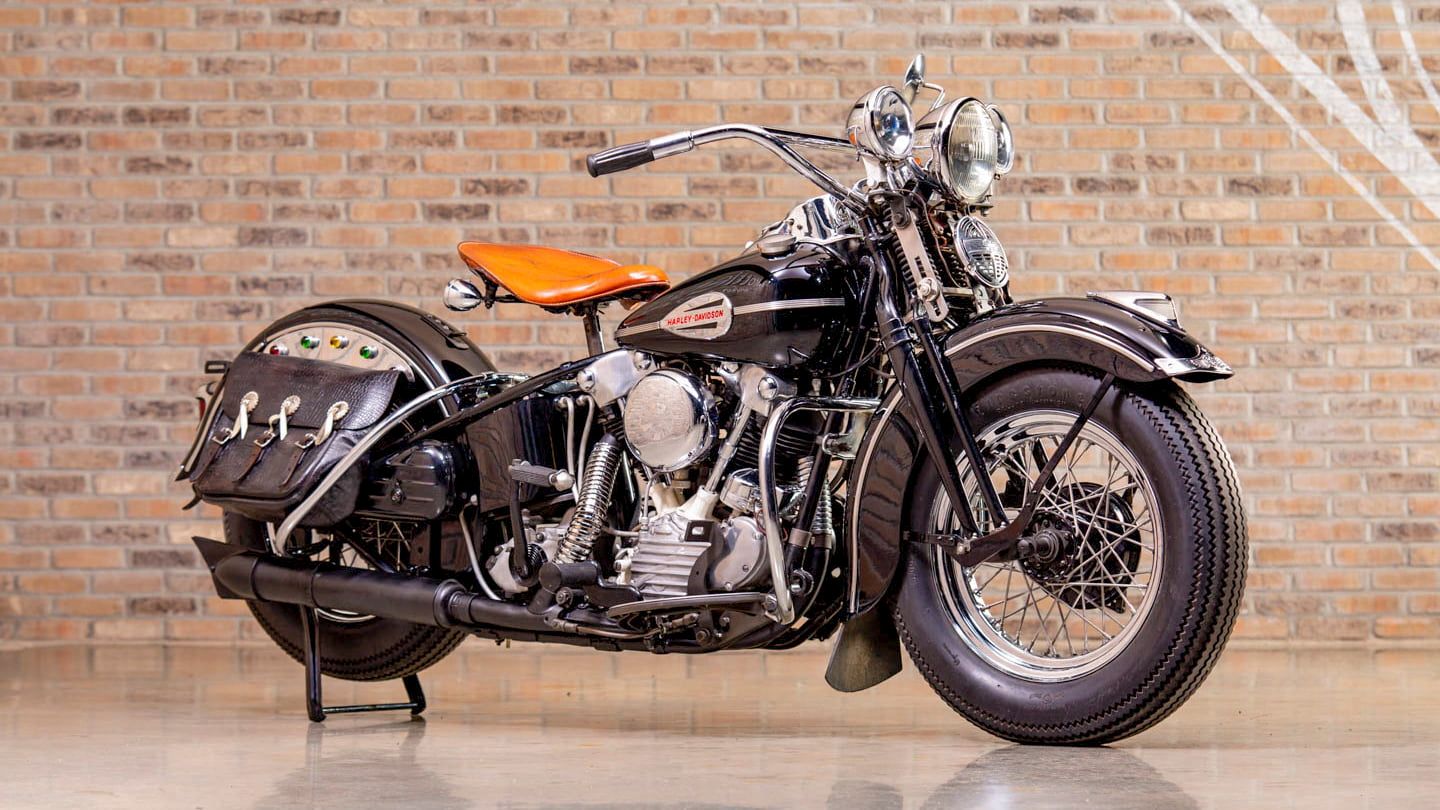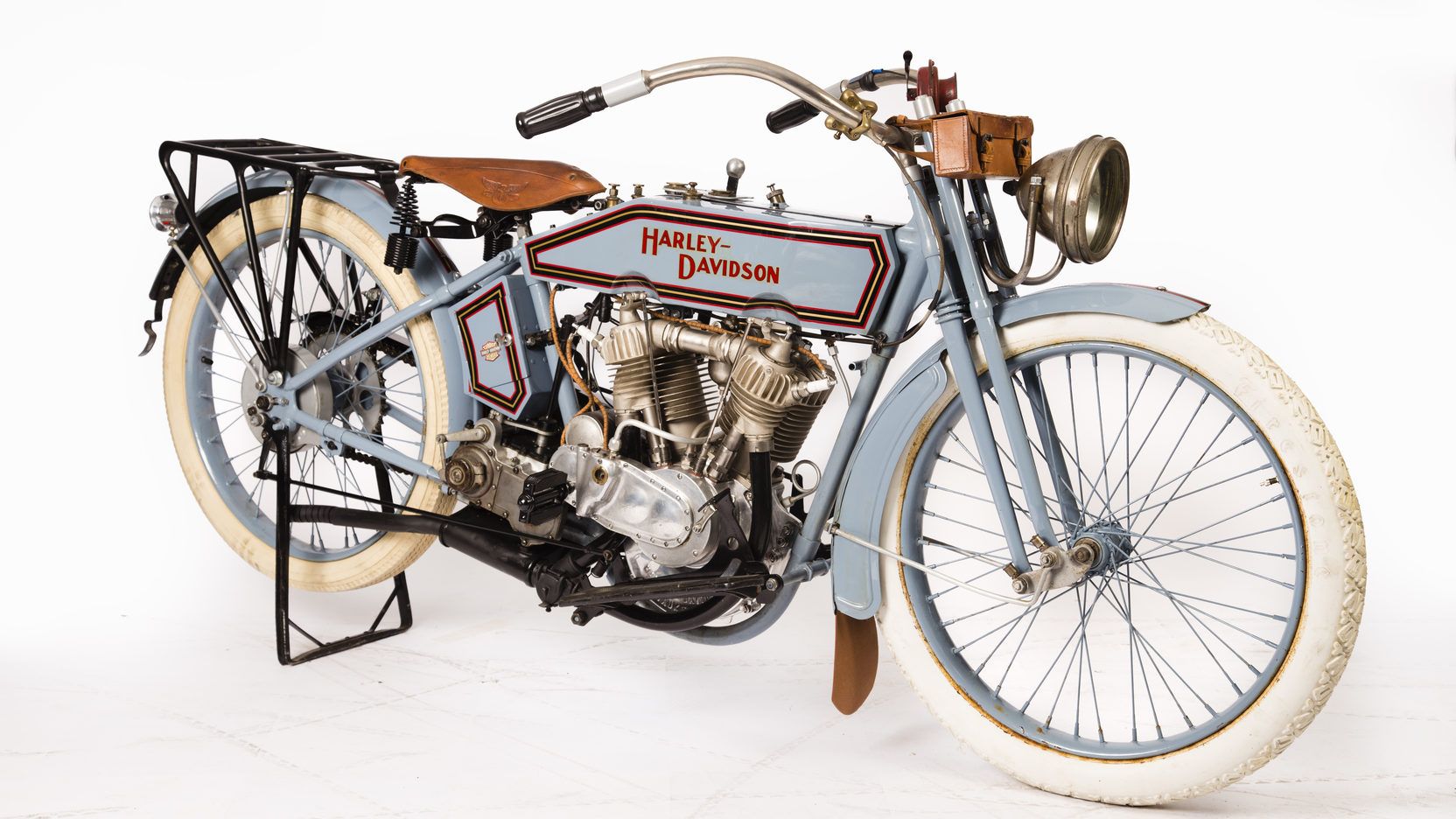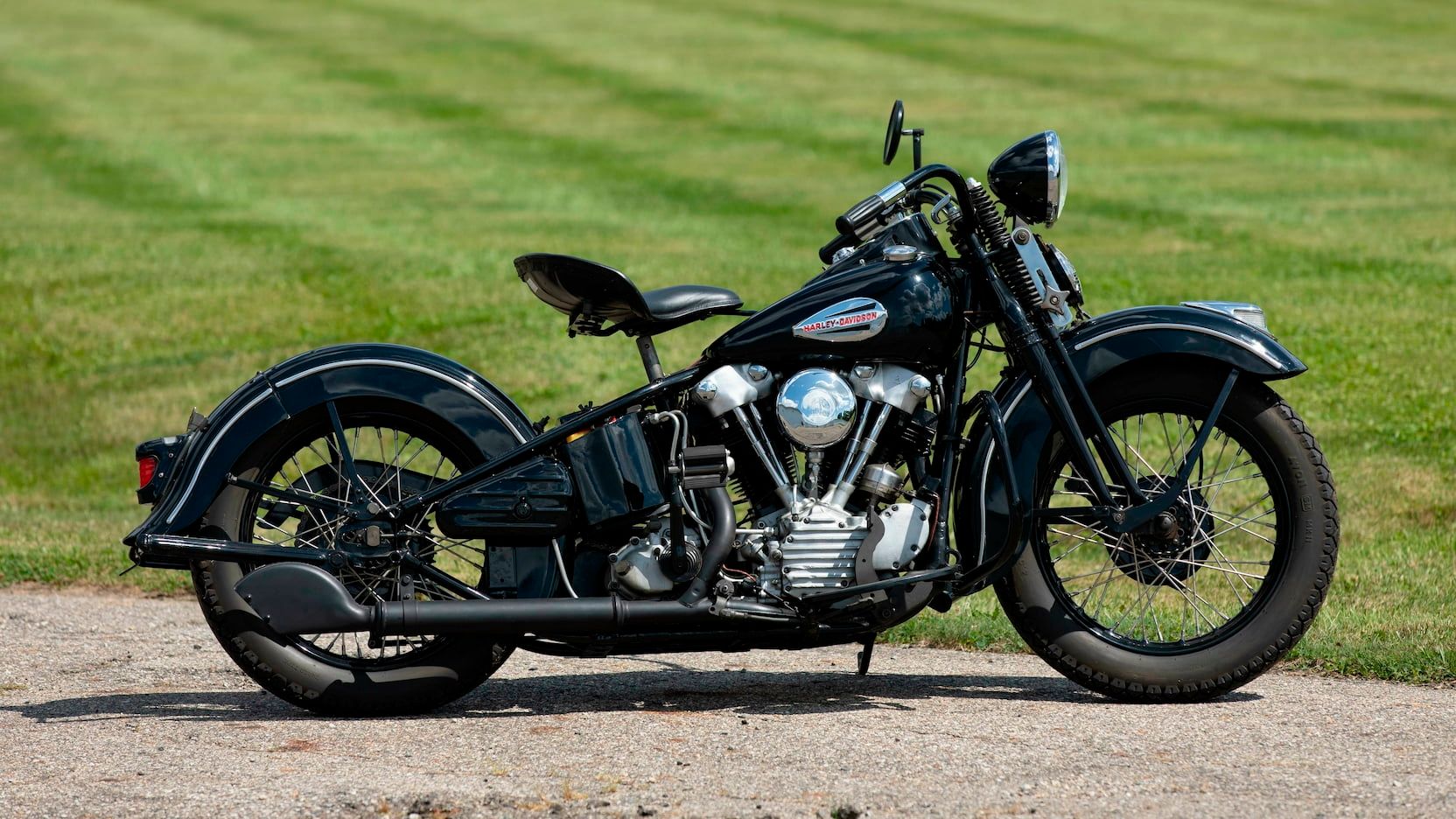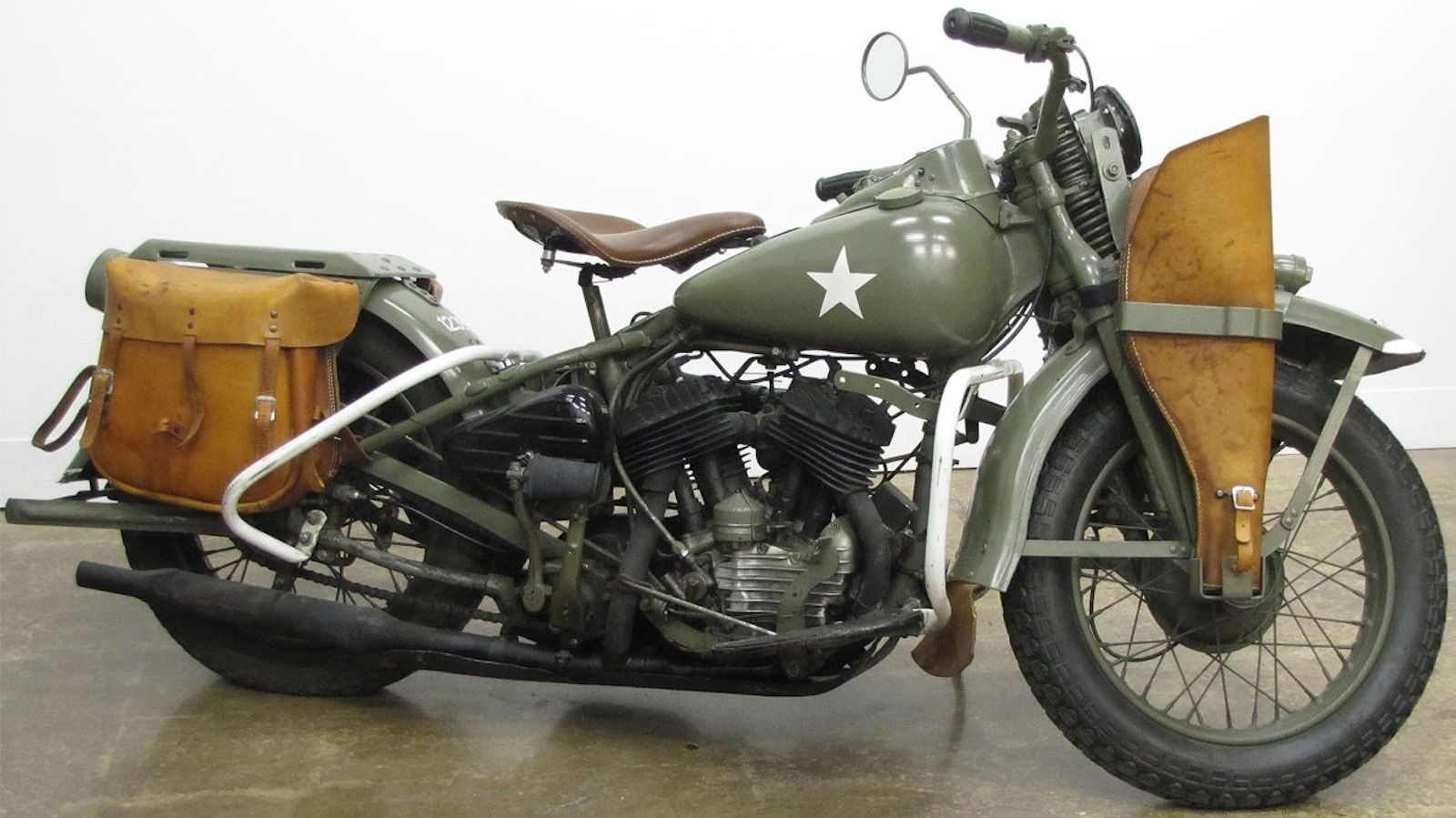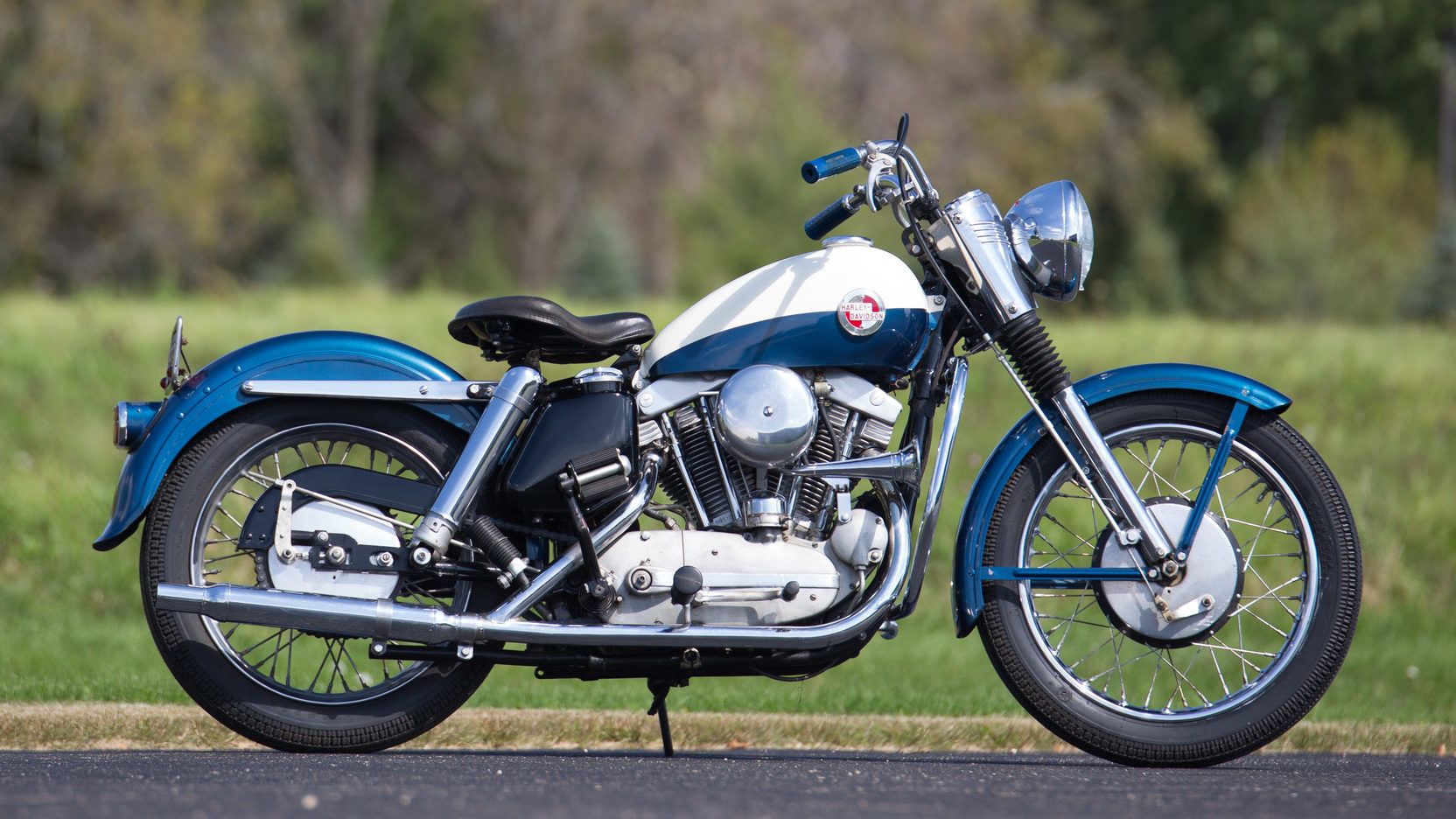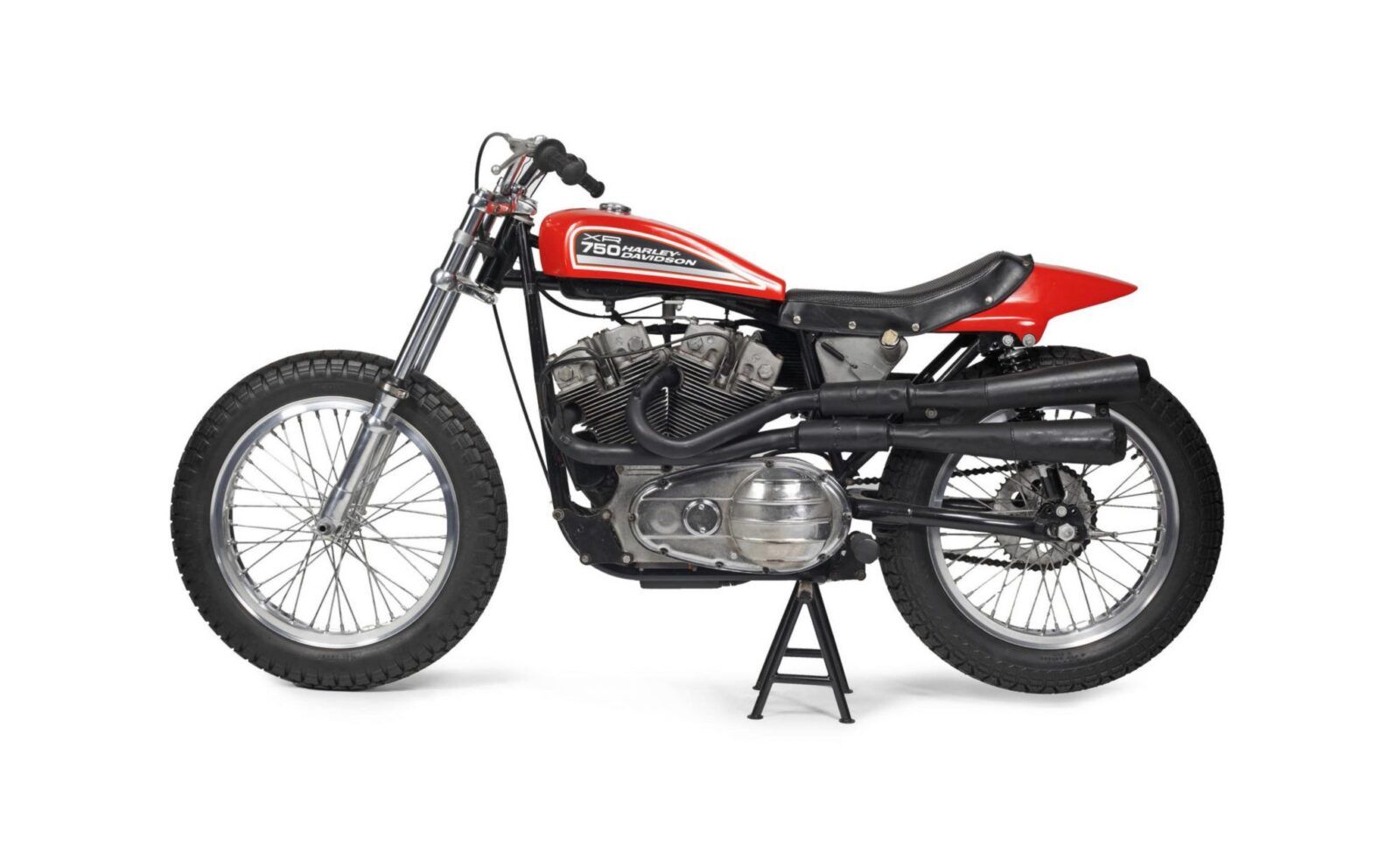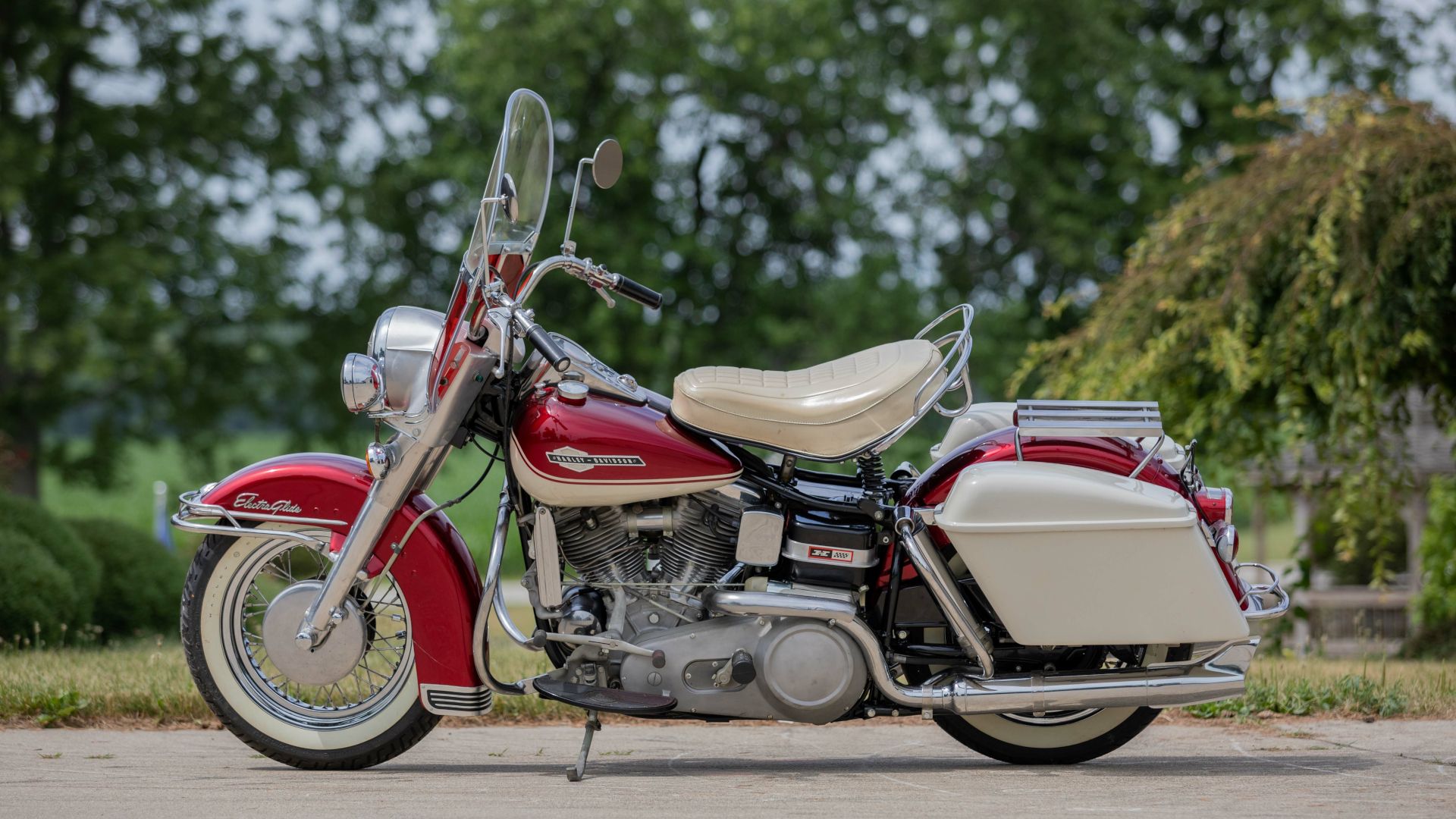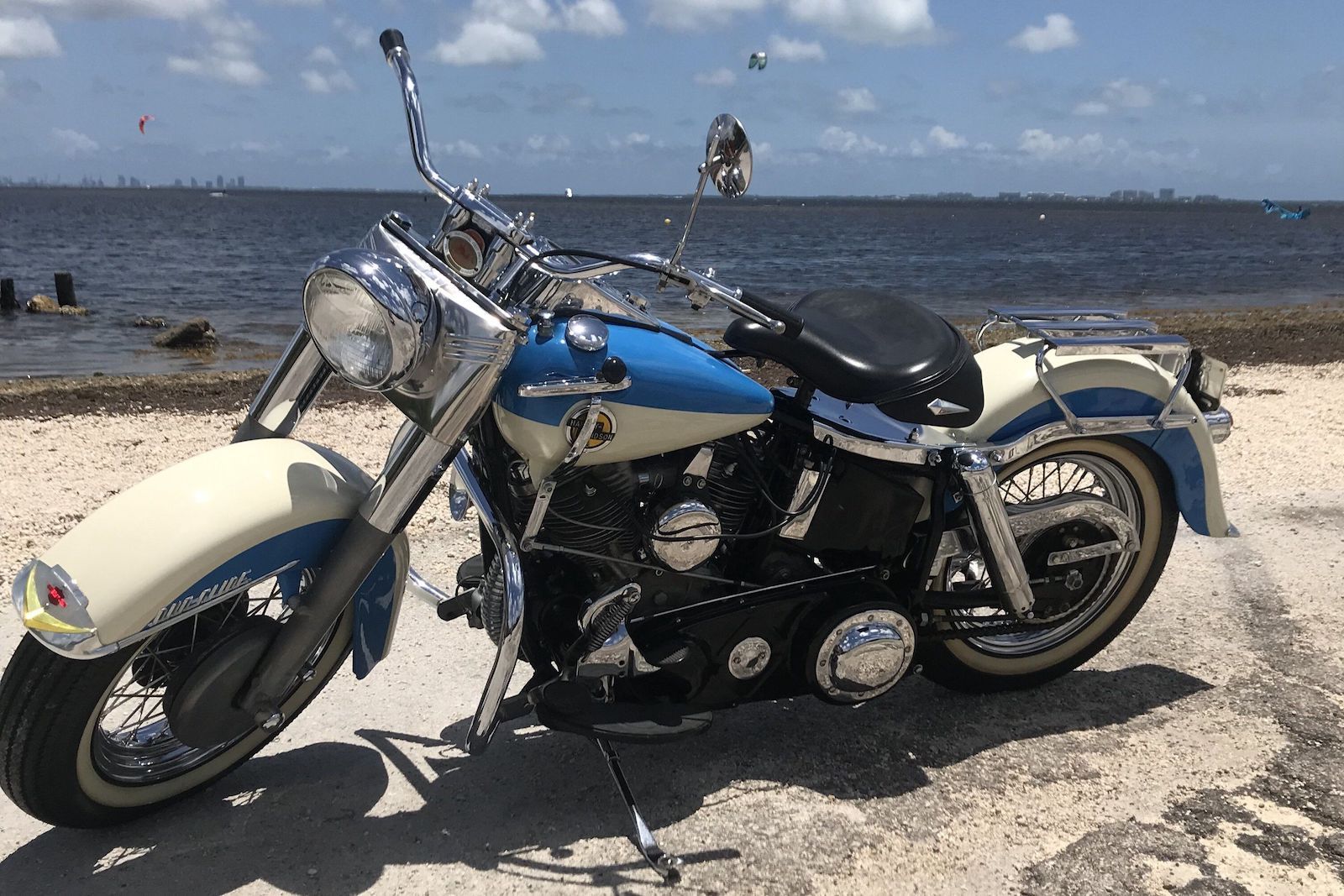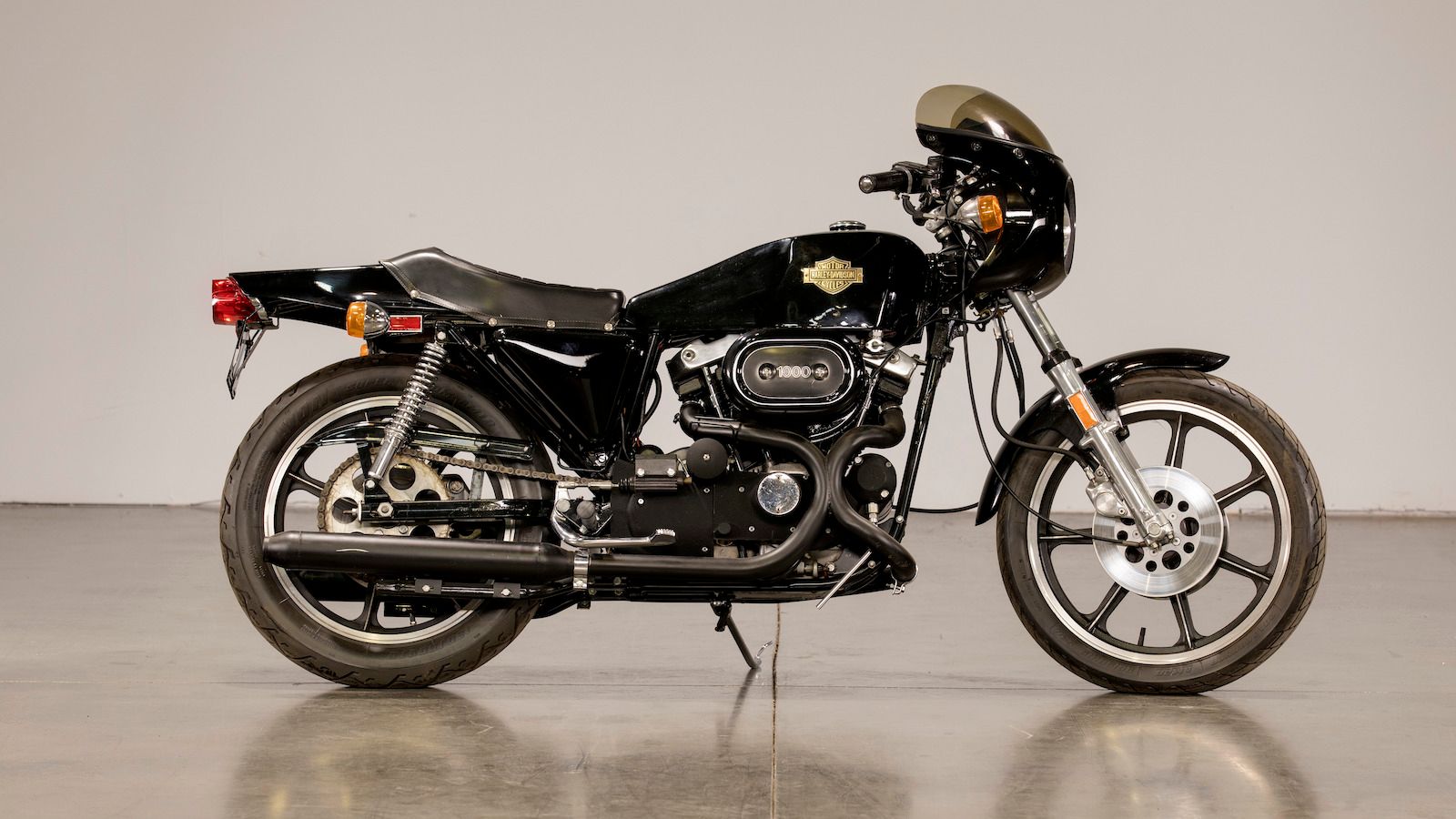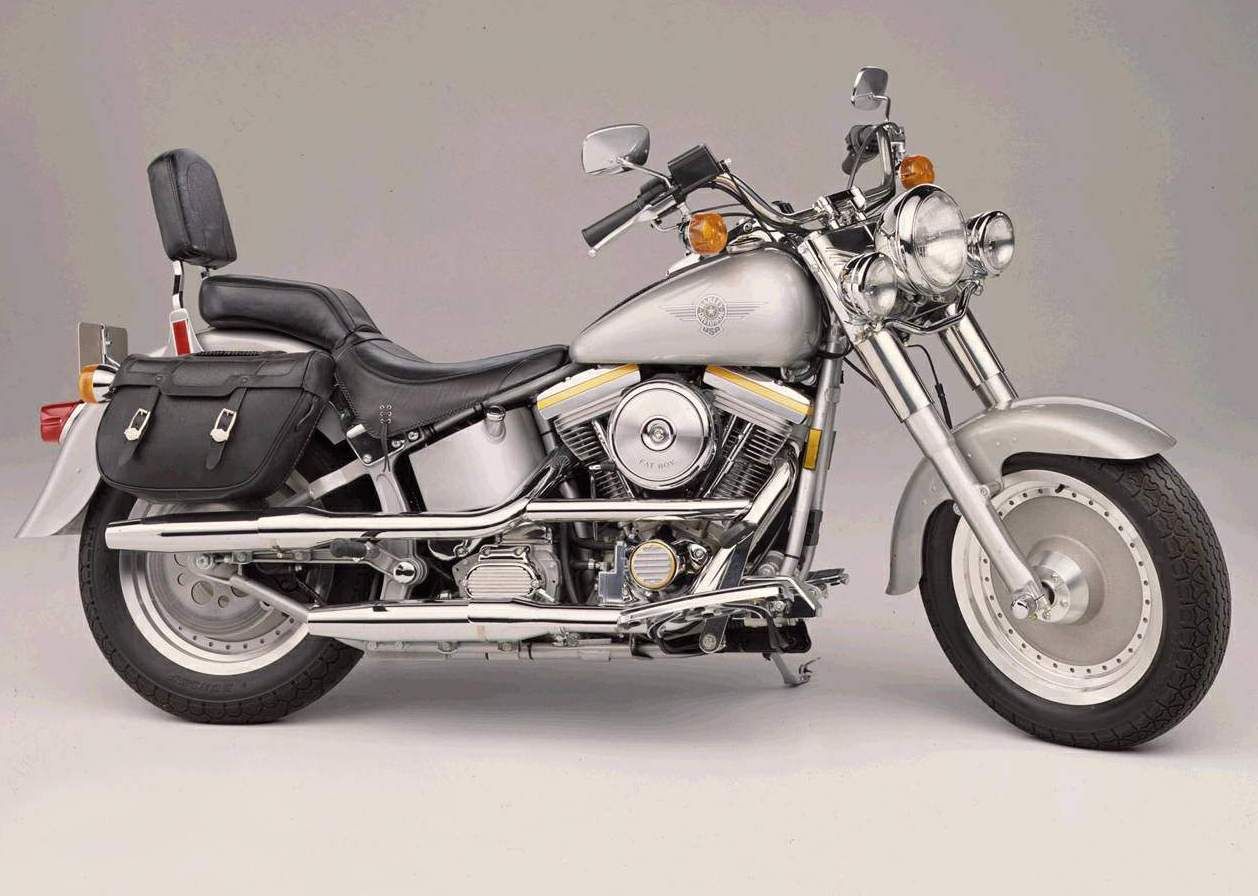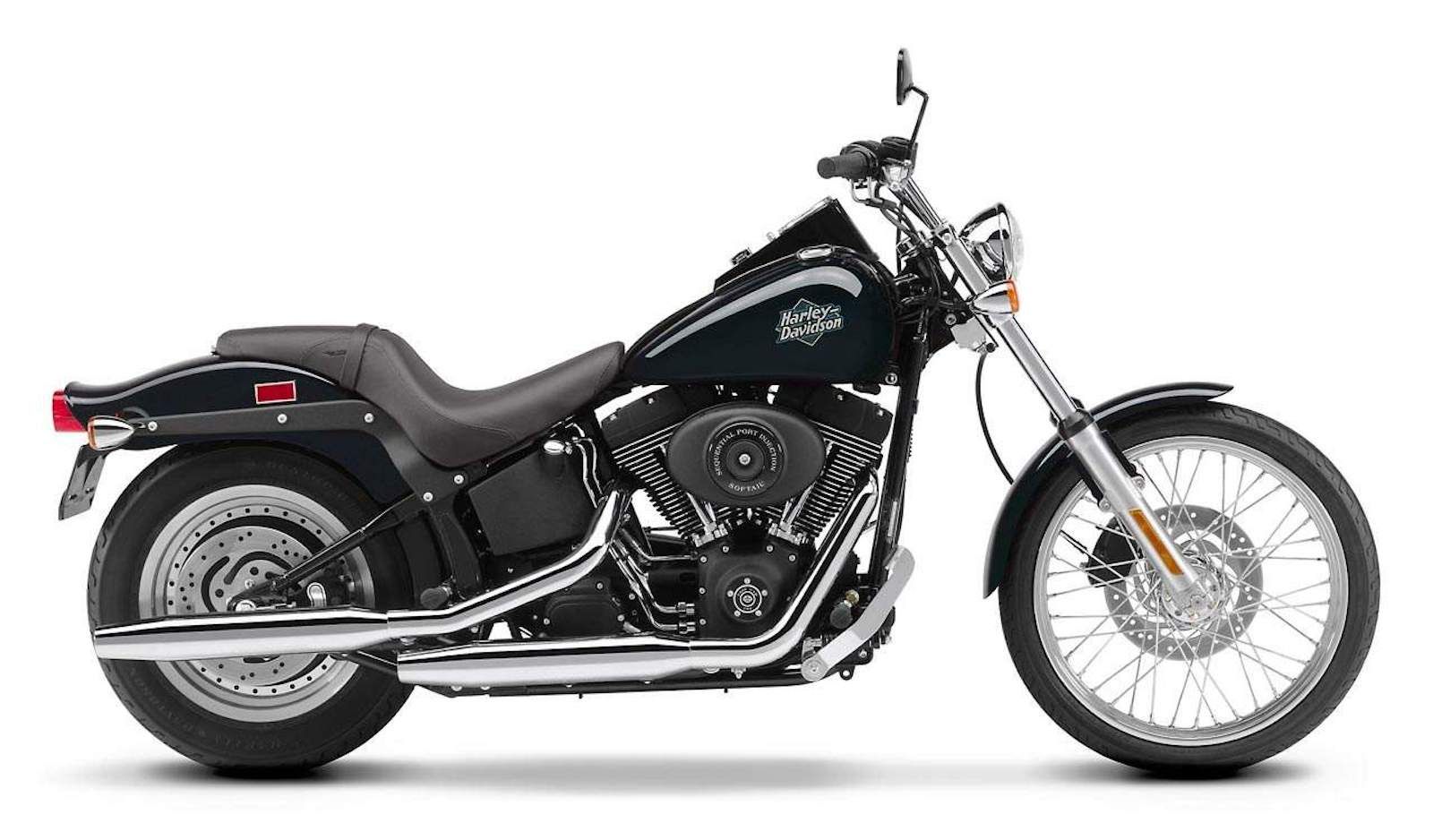Any motorcycle company that has been around as long as Harley-Davidson is bound to have produced more than its fair share of classic models. While they might not have had as diverse an output as many other motorcycle manufacturers, there can be no denying that there have been many models that can justifiably be called classics and not simply because they are old. Despite the traditional image, Harley-Davidson has been innovative throughout its 120-plus year history as well as sticking steadfastly to what it knows best: large displacement, classically-styled motorcycles designed specifically for the American road.
10 Harley-Davidson 11F - 1915
Early Harleys are obvious candidates for any list of classic models and, because of their rarity - not only due to their age but also because so few were manufactured - they command huge prices whenever they come up for sale. The 1915 11F was an important model for Harley-Davidson, featuring some new features that were milestones in H-D production. The engine was a 61 cubic inch V-Twin, developing 37% more horsepower than the 1914 model and a three-speed gearbox for the first time, but crucially, it was cheaper than the 11J model, largely due to omitting the electric lighting in favor of acetylene lamps front and rear. Even so, at $275, it was still one of the more expensive American motorcycles.
9 Harley-Davidson EL Knucklehead - 1936
The old side valve V-Twin engine was at the limit of its development: easing more power out of it stressed it beyond reliability and the only solution was to move to overhead valves. The first overhead valve design would become known as the Knucklehead, thanks to the rocker covers resembling the knuckles of a clenched fist. The new engine produced much more power than the side valve engine, but early engines were prone to chronic oil leakage from the complicated sealing surfaces. These were gradually overcome, and the Knucklehead became the first truly classic Harley design. The frame and suspension were equally new, the gearbox now had four speeds and the tank top instrument panel made its first appearance.
8 Harley-Davidson WLA - 1942
Harley-Davidson owes much of its post-Second World War success to the popularity of the wartime WLA, which was ordered by the armies of several countries in large quantities, earning a lot of money for the factory. The flat head engine might have had its problems but in its relatively unstressed form in the WLA it was the perfect engine, able to run on even the worst quality gasoline and being simple and rugged. After the war, there were literally thousands of WLAs on the market and, when returning GIs got their hands on them, they stripped them right back which created the whole ‘bobber’ scene. An unlikely ‘classic’ but an important part of the Harley-Davidson story.
7 Harley-Davidson XLCH Sportster - 1957
By the 1950s, the U.S. economy was booming once again and people had surplus money with which to satisfy the ever-increasing consumer itch. Harley-Davidson needed a product to directly compete with the lighter, sportier British motorcycles that were being imported in ever-greater numbers and the result was the XLCH Sportster, developed from the side-valve KH model and featuring an overhead valve engine with gearbox in unit with the crankcase. Dealer feedback gave Harley a direction in terms of styling and the Sportster as we know it today was born. If in later years the Sportster was looking old-fashioned, for the first 30 years of its 50-plus years production life, it was a typically American take on the lightweight, roadster motorcycle.
6 Harley-Davidson XR750 - 1972
Flat track racing success was largely the preserve of Harley-Davidson in the 1960s, due to rules that outlawed overhead valve engines to 500cc, which effectively ruled out the British 650cc twin-cylinder engines, leaving the way clear for the side-valve KR750 Harleys. Then, in 1969, the rules were changed, allowing the British 650cc engines to enter, and Harley was forced back to the drawing board. The result was the overhead valve XR750, a purpose-built racing motorcycle. A change to aluminum cylinder heads in 1972 completed the picture and, helped by the relative lack of competition from any other manufacturer - the British motorcycle industry had largely disappeared by then - the XR750 won 29 of the 37 AMA championships up to 2008.
5 Harley-Davidson FLH Electra Glide - 1965
The 1960s were a period of change for Harley-Davidson. At the end of the 1950s, swing-arm rear suspension had been adopted and then, the Shovelhead engine replaced the Panhead engine in 1965, but that wasn’t the only innovation. In 1965, 12-volt electrics and electric start was fitted for the first time, creating the ElectraGlide. But the most significant development was an accessories package that included panniers and a touring screen, a response to customers fitting after-market touring accessories. In 1969, the ‘batwing’ fairing was announced and, by 1971, these accessories were fitted as standard, creating the first ‘full dress’ tourer. Even BMW hadn’t got that far in the 1960s!
4 Harley-Davidson Duo Glide - 1958
Harley’s big twins got telescopic forks for the 1949, Panhead-engined FL Hydra Glides, as well as an optional hand clutch/foot gear shift in place of the old foot clutch/hand shift and then, in 1958, a new frame incorporated swing arm rear suspension with twin shock absorbers, which had actually appeared first on the K-series of bikes from 1952. This new model was dubbed the Duo Glide and was a huge leap forward for Harley-Davidson, bringing it into line with European motorcycles. There were two engines, the FL having a lower compression, which ran cooler and was easier to kick over than the higher compression FLH. Power outputs were 53-55 for the FL and 58-60 for the FLH, which gave the heavy bikes decent performance.
3 Harley-Davidson XLCR - 1977
Even though the 1970s was the troubled AMF decade for Harley-Davidson, it wasn’t without its innovations, chief of which was the XLCR, with the ‘CR’ referring to ‘café racer’. Of course, it was nothing of the sort, but it had a distinctive look, with a bikini fairing, single seat, long, narrow tank and a two-into-one exhaust. However, it wasn’t a sales success and certainly wasn’t a sporty bike, the long wheelbase and cruiser geometry making it a slow turner and the Shovel Head engine coming to the end of its useful life, being essentially a development of the Knucklehead engine and therefore being overstressed and unreliable as a result. The Evolution engine would change all that a few years later after the management buyout. Because of its relative rarity, it’s now a collectors item.
2 Harley-Davidson Fat Boy - 1990
With the company now on a sound financial footing and with the new Evo-engined models selling well, the time had come to explore new styling avenues. In the case of the Fat Boy, this meant using the Heritage Softail as base, then replacing all the bling, studs, chrome, wire wheels and whitewalls, with a design that was ultra-clean and simple with bold, plain styling and those signature solid disc wheels. The design was first tested on the crowds at Daytona bike week and, when the reaction was favorable, it was put into production and rapidly became known as the model that made Harley cool again. A starring role in the second terminator movie didn’t hurt, either.
1 Harley-Davidson FXSTB Night Train - 2000
By the turn of the new millennium, Harley-Davidson had found its niche once again and was producing some excellent motorcycles, still very much in the American idiom. The FLSTB Night Train model had everything going for it: great styling, with a fat rear tire and a skinny, 21-inch front wheel, raked-out front end and straight drag bars, blacked-out appearance and the right stance and riding position. The engine was the Twin Cam 96B with a displacement of 1584cc, which gave plenty of smooth and reliable power (by this time, Harley had stopped quoting power outputs). With classy and clean styling, it was a great combination of Softail DNA and Street Bob style, giving it a unique image that customers lapped up. Now much sought after and, because it is relatively recent, still affordable.

